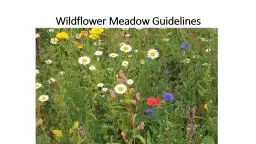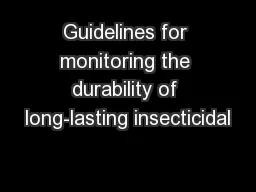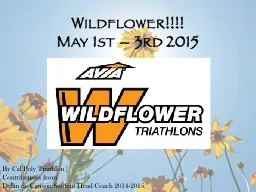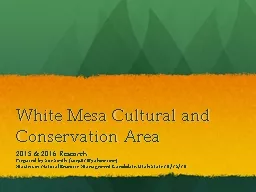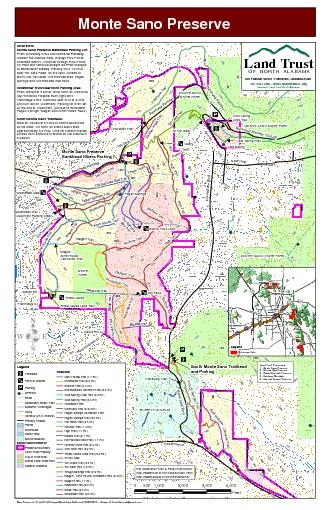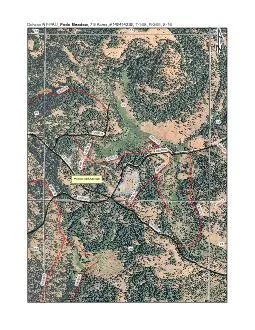PPT-Wildflower Meadow Guidelines
Author : celsa-spraggs | Published Date : 2017-07-27
Weed Control Spray off any grass nettles or perennial weeds in MarchApril when green and growing actively I use Roundup about 4LHa or use a similar herbicide 50mls45L
Presentation Embed Code
Download Presentation
Download Presentation The PPT/PDF document "Wildflower Meadow Guidelines" is the property of its rightful owner. Permission is granted to download and print the materials on this website for personal, non-commercial use only, and to display it on your personal computer provided you do not modify the materials and that you retain all copyright notices contained in the materials. By downloading content from our website, you accept the terms of this agreement.
Wildflower Meadow Guidelines: Transcript
Download Rules Of Document
"Wildflower Meadow Guidelines"The content belongs to its owner. You may download and print it for personal use, without modification, and keep all copyright notices. By downloading, you agree to these terms.
Related Documents

